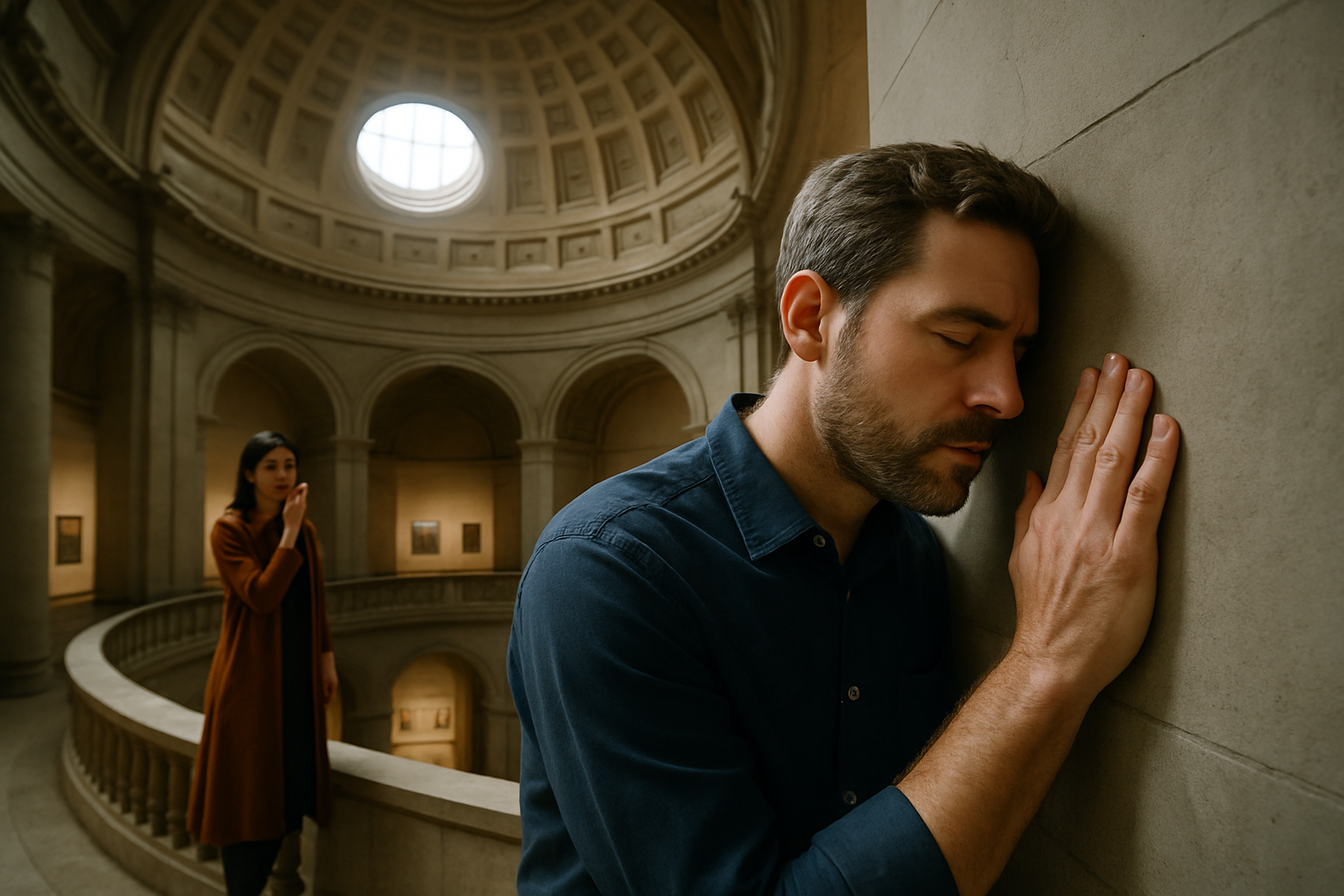Whisper Galleries: The Hidden Auditory Art of Architecture
In the realm where architecture and acoustics converge, a fascinating phenomenon has been captivating both designers and art enthusiasts alike. Whisper galleries, architectural marvels that manipulate sound in extraordinary ways, are emerging as a unique form of auditory art. These spaces, often hidden in plain sight within iconic structures, offer an immersive experience that challenges our perception of sound and space. From historic domes to modern installations, whisper galleries are redefining the intersection of art, science, and architecture.

A Journey Through History
The concept of whisper galleries dates back centuries, with some of the most famous examples found in historic buildings. The Whispering Gallery in St. Paul’s Cathedral in London, completed in 1710, is perhaps the most renowned. Here, visitors can experience the marvel of hearing a whisper from 30 meters away with remarkable clarity. Similar galleries exist in other grand structures, such as the United States Capitol Building and Grand Central Terminal in New York City.
Modern Interpretations and Installations
Contemporary architects and artists have begun to intentionally incorporate whisper gallery principles into their designs, creating immersive auditory experiences. These modern installations range from public art pieces to carefully crafted interior spaces in museums and cultural centers. By manipulating acoustics, designers are crafting environments that engage visitors in novel ways, encouraging exploration and interaction through sound.
The Intersection of Art and Science
Whisper galleries represent a unique fusion of artistic expression and scientific principles. Architects and acoustic engineers collaborate to create spaces that are not only visually stunning but also aurally captivating. This interdisciplinary approach has led to innovations in both fields, pushing the boundaries of what’s possible in architectural design and acoustic engineering.
Cultural Impact and Visitor Experience
The allure of whisper galleries extends beyond their technical marvels. These spaces have become cultural attractions, drawing visitors eager to experience their acoustic wonders firsthand. The interactive nature of whisper galleries encourages engagement, turning passive observers into active participants in the architectural experience. This participatory aspect has made whisper galleries popular features in educational settings, museums, and public spaces, offering a tactile way to explore principles of sound and physics.
Challenges and Future Directions
While whisper galleries offer unique experiences, they also present challenges for architects and designers. Balancing the acoustic properties with practical considerations of space usage and crowd management requires careful planning. As interest in these auditory marvels grows, researchers and designers are exploring new materials and technologies to enhance and control the acoustic effects, potentially leading to even more impressive and versatile whisper gallery installations in the future.





